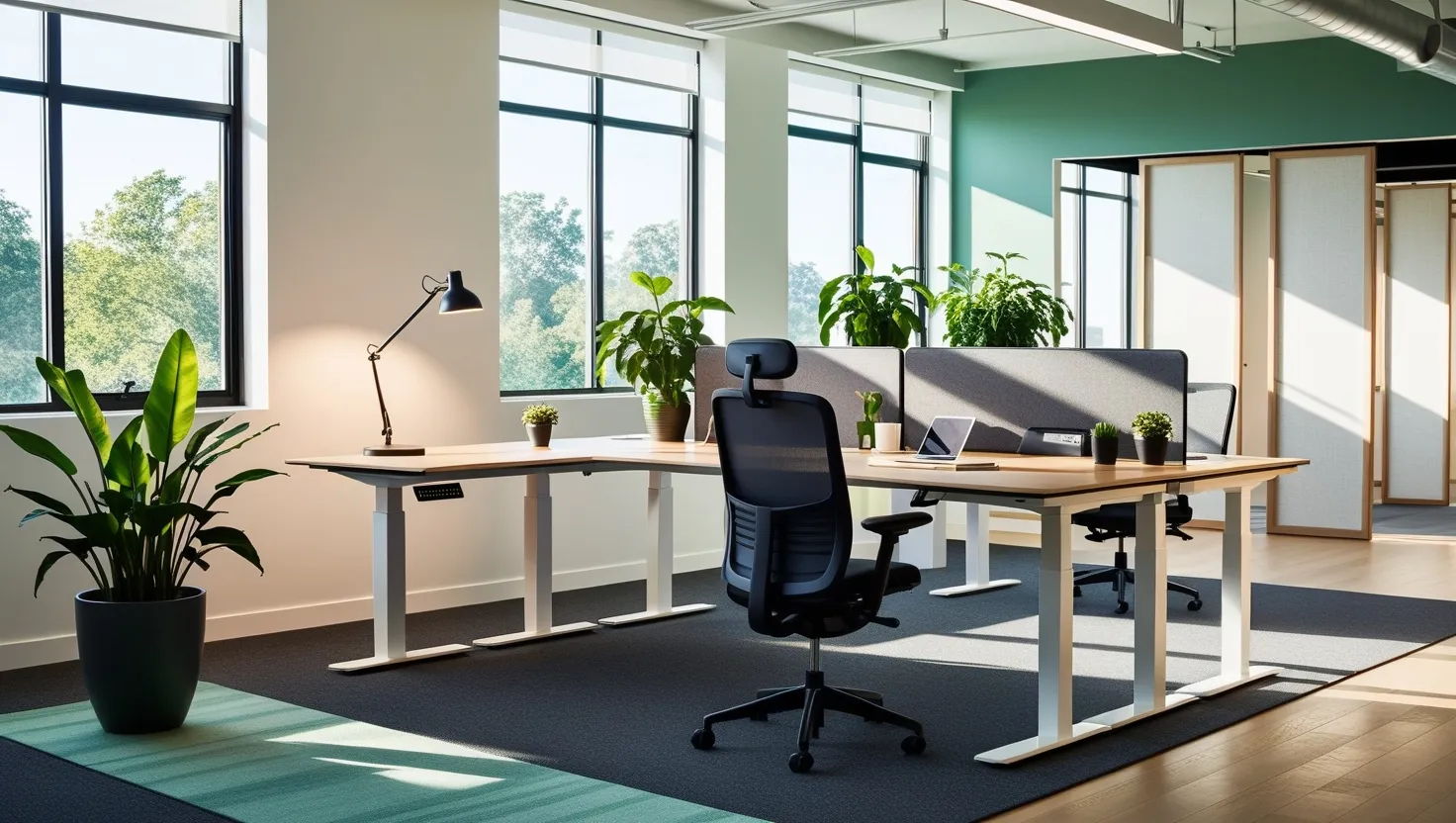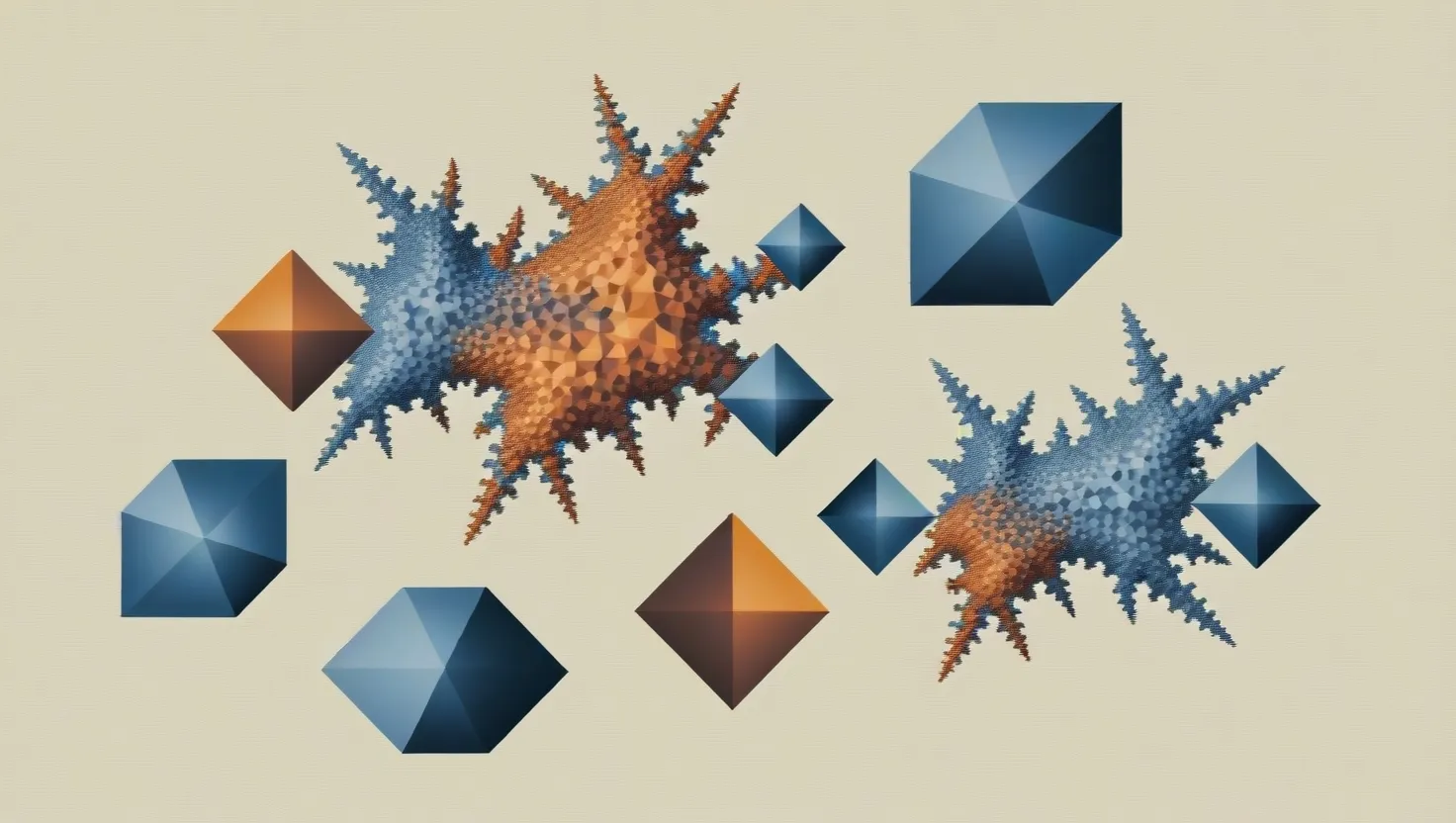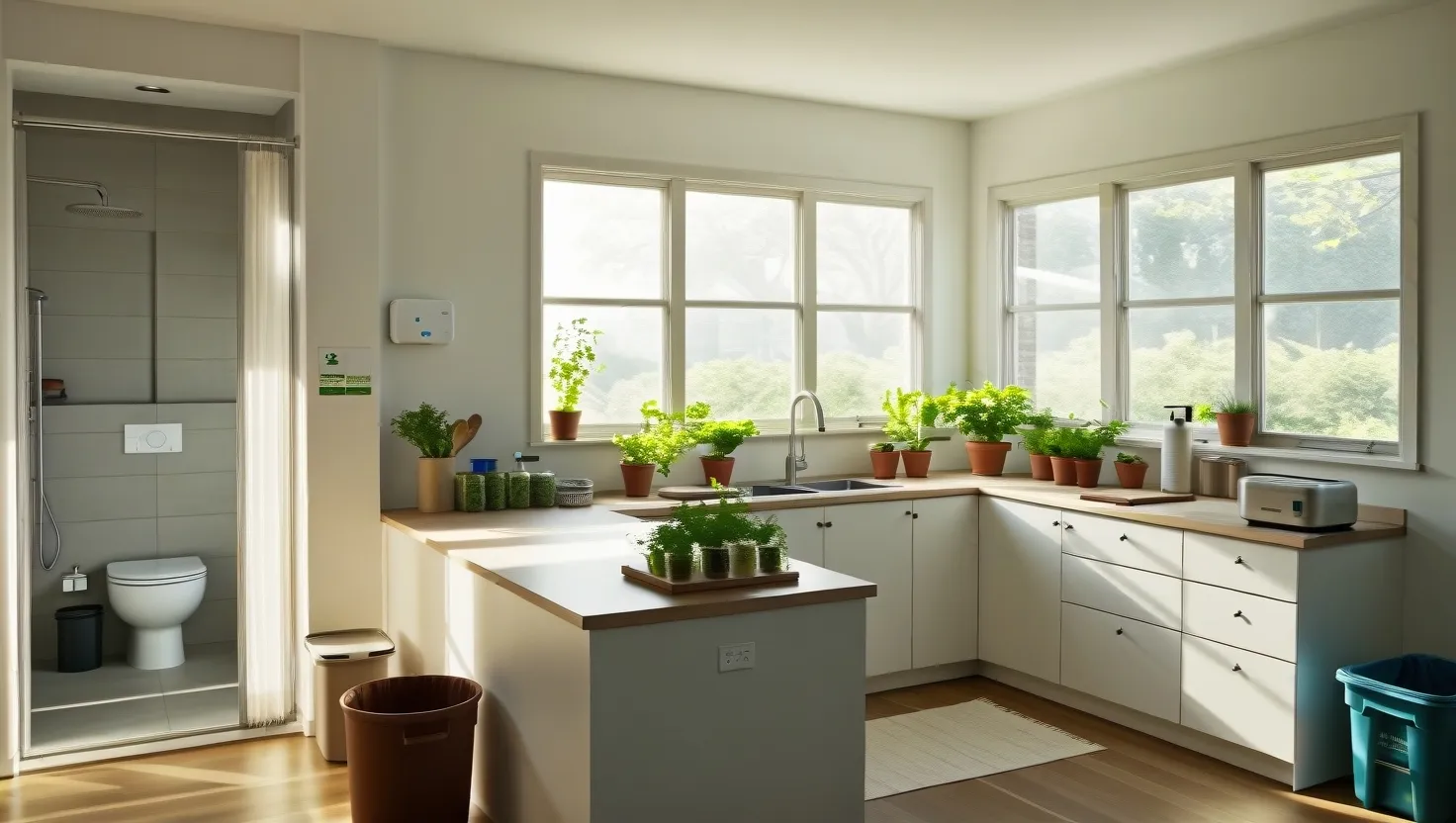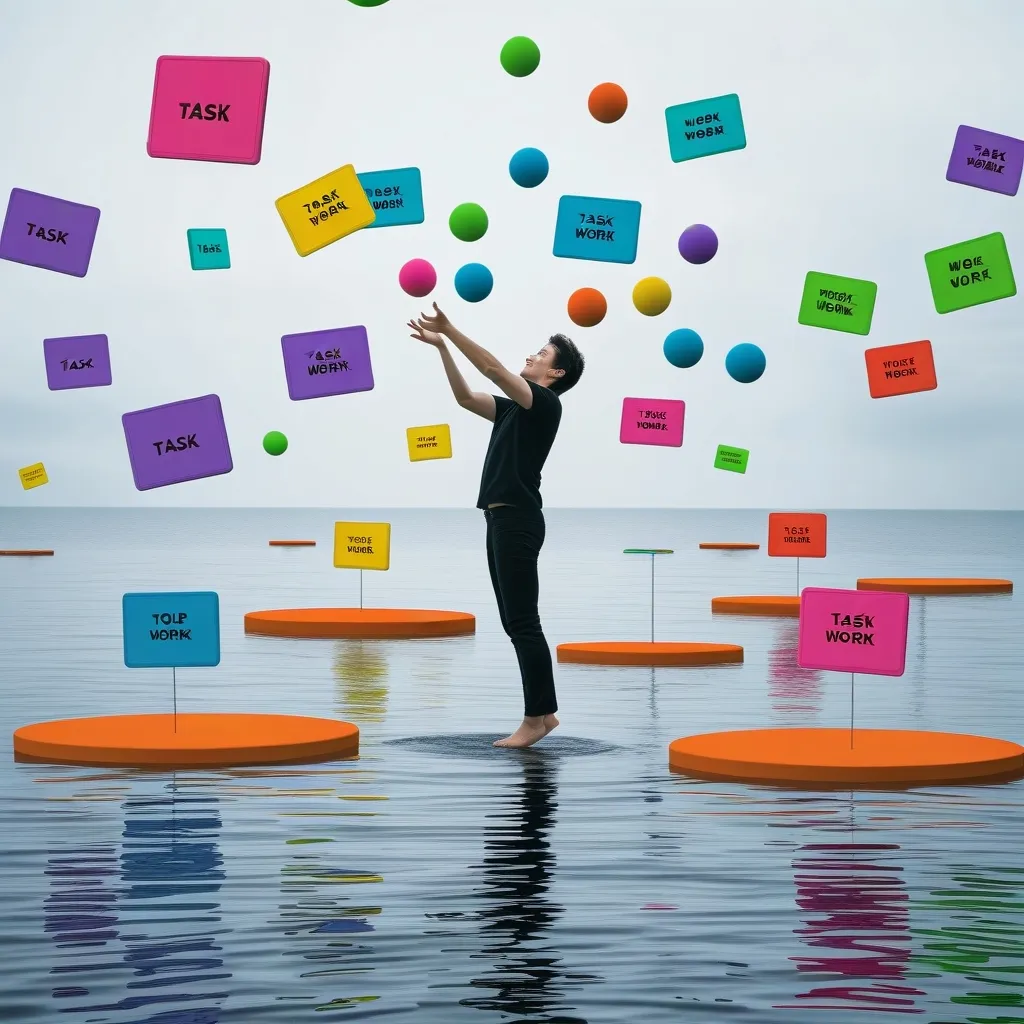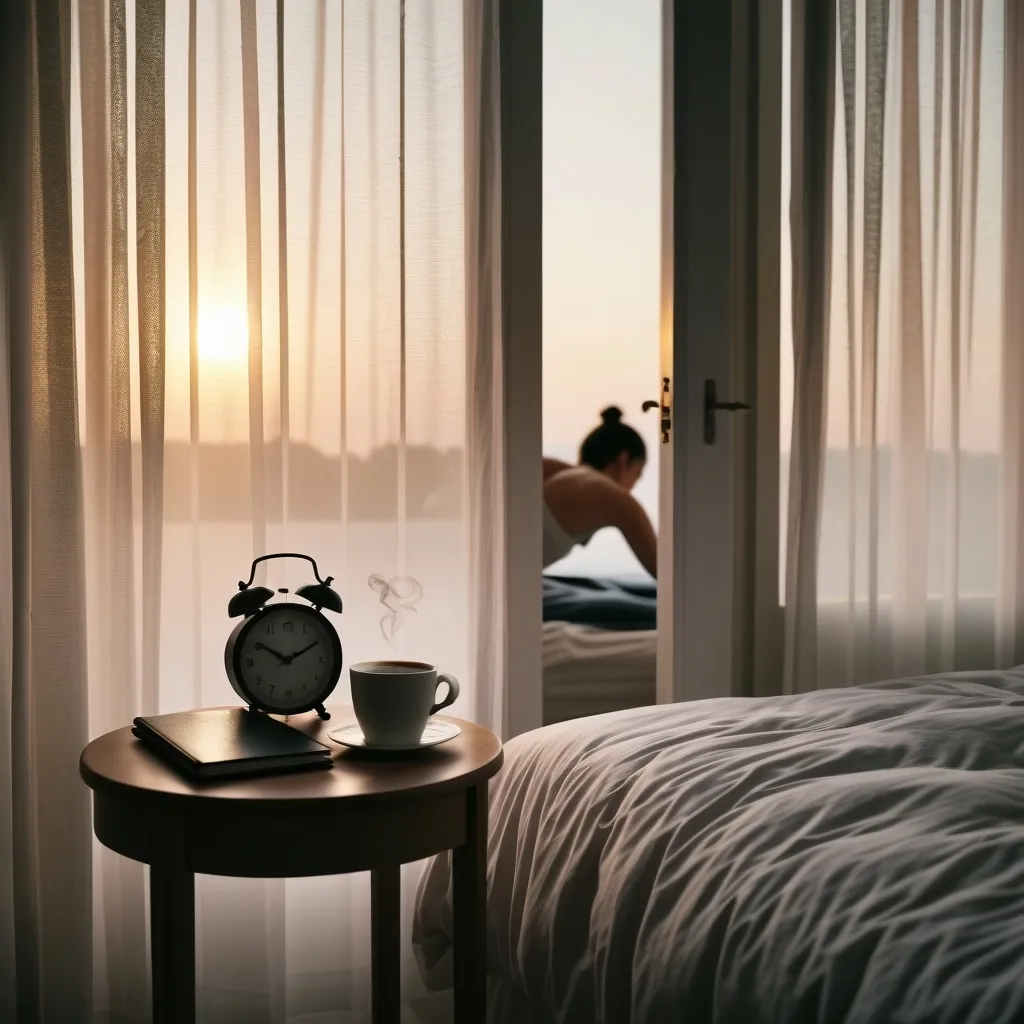When I think about spaces that push us toward our best, I’m not picturing ornate lobbies or curated Pinterest backdrops. What matters is something deeper—how the design supports the inner rhythm of our minds and bodies. Spaces can be built to feed energy, not just look appealing. Move past the expected layouts and trends, and you’ll discover design as a tool for lasting, dynamic energy. Want to feel sharper, more alive, and less fatigued in your work or living space? Let’s walk through five energy-first design principles that focus on what actually powers peak performance.
“Architecture should speak of its time and place, but yearn for timelessness.” – Frank Gehry
Color might seem trivial, yet it’s the quiet architect of emotion and function in any room. Walk into a deep green study and you might settle into calm focus; step into a soft blue bedroom and your heartbeat slows just a little. Reds and oranges can nudge adrenaline into your morning routine, while muted tones cradle the mind as evening falls. I always ask, what mood do I want to support at 10 a.m. versus 10 p.m.? It’s not about painting everything a single color—layering is key. Accent walls, accessories, and artwork can shift the visual temperature over the course of the day. Have you ever noticed how your energy shifts in different rooms? That’s color psychology at work, often unconsciously guiding your state.
Airflow is the next, and often overlooked, hero. I’ve spent time in stuffy conference rooms and felt the collective brain fog settle in. Fresh, well-circulated air doesn’t just clear the senses; it feeds oxygen to every cell. Positioning windows for cross-ventilation, adding ceiling fans that rotate both ways, and keeping vents unblocked can dramatically change how long a space sustains mental sharpness. Even placing leafy plants in the right spots can improve local oxygen and subtly tune humidity. Do you ever crack a window and instantly feel more alert? That’s the body responding to air that moves.
“Space is the breath of art.” – Frank Lloyd Wright
Lighting isn’t just about bulbs and fixtures—it’s about syncing with the sun. We’re programmed to wake with blue, bright light and wind down with softer, warmer tones. Layering light sources—overheads, desk lamps, indirect LED strips—lets you mimic sunrise in the morning and gentle dusk at night, even inside. Positioning a desk to catch morning light by the window can boost serotonin and set an energetic tone for hours. In the afternoon, dimmers and shade controls take over, easing the body toward a restful evening. Have you ever noticed how harsh fluorescent lights parch your attention around 3 p.m.? That’s your circadian rhythm missing its cues. Returning to a natural rhythm, even indoors, is one of the most effective energy management strategies you can leverage.
Now, sound is a subtle energy thief. Many designs ignore how much ambient noise wears down focus. Hard surfaces bounce sound; soft ones absorb it. I look for ways to blend dense rugs, upholstered panels, or lush curtains into even modern, minimalist spaces. White noise machines or gentle water features can mask the random clatter that tires the brain. Why is it that coffee shops buzz with life while open-plan offices often drain it? It’s not just what you hear, but how those sounds interact. Sonic design is about choosing the tones you invite in and filtering out the chaos you don’t.
“If you want to find the secrets of the universe, think in terms of energy, frequency and vibration.” – Nikola Tesla
What about the way furniture is arranged? Ergonomics is about more than fancy chairs. The position of your monitor, the angle of your seat, and even the route you take from your chair to the kitchen all influence how much effort your body spends over the day. Whenever I reconfigure a workspace, I follow a simple rule: every reach, turn, or walk should feel effortless, not forced. Height-adjustable desks allow you to move between sitting and standing. Chairs with lumbar support and natural arm angles keep the mind fresh by preventing distracting aches. It’s fascinating how much energy seeps away through micro-strains that aren’t obvious until you fix them. Have you ever changed the height of your screen and felt a sense of relief hours later? That’s ergonomic intelligence.
These five principles—color, airflow, lighting, sound, and ergonomics—work together with one goal: to create environments where energy doesn’t leak away but is actively renewed. Traditional design so often stops at the visual, but I urge you to think of space as a living system, tuned to your body’s cues.
“Design is not just what it looks like and feels like. Design is how it works.” – Steve Jobs
Integrating these ideas, I always ask: how does this space make me feel at 6 a.m., noon, or midnight? Each moment deserves a tailored approach. In my own home office, I’ve swapped harsh LEDs for layered bulbs, added a few dense plants by the window, and moved my desk to face east. The result isn’t just a prettier room—it’s a workspace that replenishes my energy, rather than drains it.
Let’s consider something you may not have noticed. The way you move through your space shapes your mental pace. Wide, clear pathways keep you literally and figuratively moving forward. Cluttered layouts create resistance, urging you to slow down. This is why so many high-performance spaces, from athlete training centers to creative studios, default to open plans with flexible zones. Is your space encouraging movement, or trapping your energy in repetitive loops?
Temperature is another factor I revisit. Too cold and you tense up, wasting energy on warmth. Too hot and lethargy creeps in. Smart thermostats and zone controls are great, but even swapping heavy textiles for lighter ones from season to season can help. It’s not about absolute comfort, but about matching the thermal environment to your activity and personal preference.
“Light creates ambiance and feel of a place, as well as the expression of a structure.” – Le Corbusier
Nature, too, plays a role beyond decor. Biophilic design—the practice of integrating natural elements directly into architecture—shows up in research as a way to boost recovery, reduce stress, and sustain concentration. Whether it’s plants, views to the outside, or even recordings of gentle natural sounds, our brains are wired for environments that echo the natural world.
Technology, used thoughtfully, multiplies these advantages. Sensors that open windows when CO2 gets high, lamps that adjust color temperature with the time of day, apps that measure noise levels and suggest fixes—all these are tools available today. The trick is not to let technology become a distraction, but to use it as an invisible ally for tuning energy.
All these approaches are part of a new way to look at design—not as static, but as responsive. Spaces that anticipate the rise and fall of your energy, that buffer stress and amplify focus, are within reach. What choices will you make in your next home or office to shift from draining to sustaining energy?
“What we design today, forms the world we live in tomorrow.” – Anonymous
As you move forward, challenge the old standards. Ask yourself not just, “Does this space look right?” but, “Does it help me feel and perform my best?” The answers are rarely found in the latest catalog or a single design trend, but in a layered, living approach to energy-first principles. By seeing your environment as a dynamic extension of your own biology, you’ll set the stage for sustainable, peak performance each and every day.
